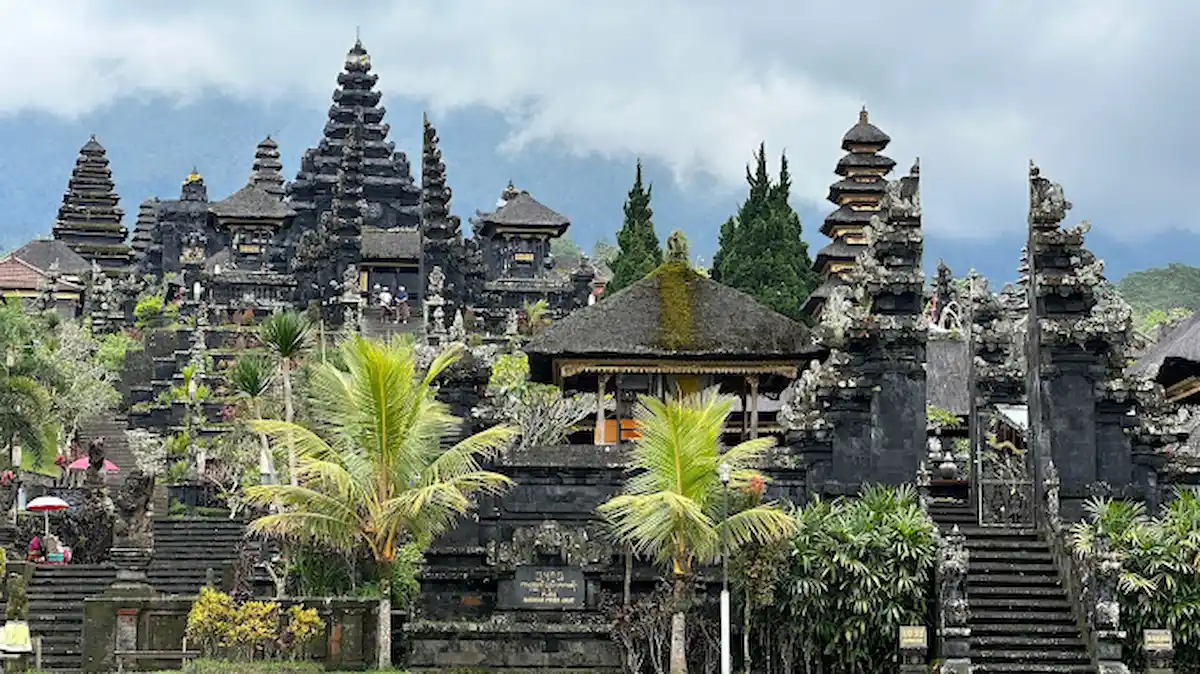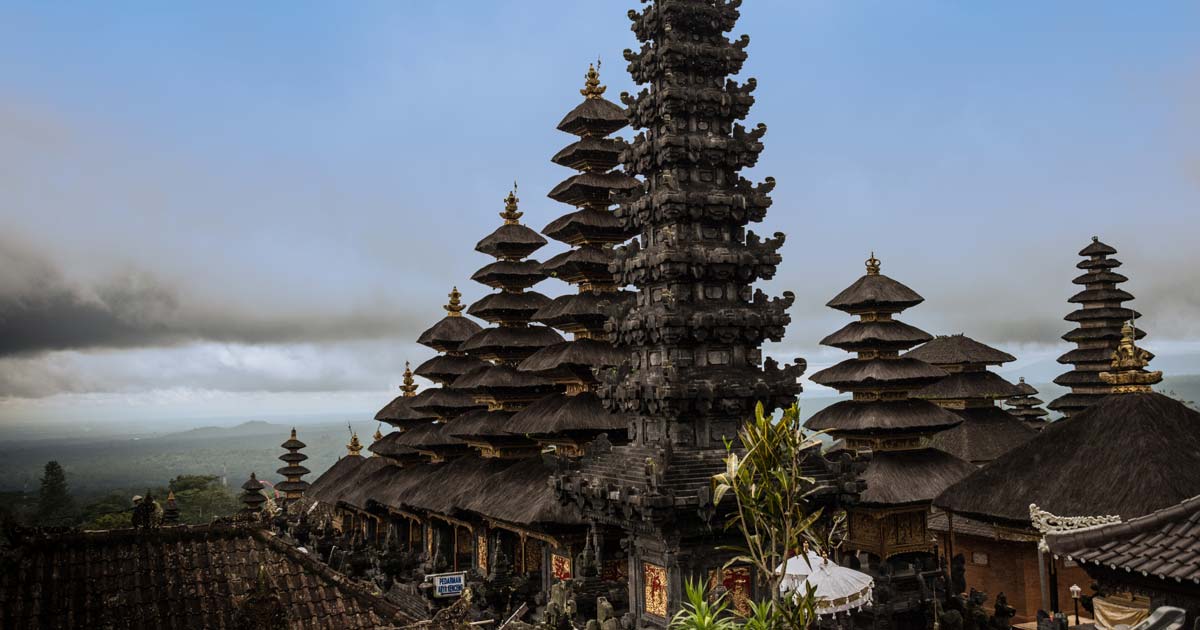Located in the Java Sea, approximately 83 kilometers from the northern coast of Jepara, Karimunjawa Island is one of Indonesia's exotic marine tourism destinations. Known as the "Caribbean of Java," this archipelago offers the charm of white sandy beaches, crystal clear waters, and diverse marine life. Karimunjawa is a perfect destination for snorkeling and diving enthusiasts, and those seeking to experience the beauty of pristine tropical nature. Karimunjawa consists of 27 small islands, of which only a few are inhabited, while most are uninhabited, surrounded by crystal clear waters. This makes Karimunjawa a favorite destination for snorkeling, diving, and enjoying the beauty of the beaches. Karimunjawa has been designated a National Park by the Jepara government since March 15, 2001. Karimunjawa is home to coral reefs, mangroves, coastal forests, and nearly 400 species of marine life, including 242 species of ornamental fish. Wonderful Indonesia: Some of the rare fauna...
Footage Nusantara - Pura Agung Besakih or the Mother Temple of Bali is the largest temple and the center of all Hindu activities in Bali. Pura Agung Besakih is located in Besakih Village, Rendang District, on the southwestern slope of Mount Agung, the highest mountain in Bali. Access from Denpasar City to reach this place is about 25 km to the north of Semarapura City - Klungkung Regency.
The journey to Besakih Temple passes through the panoramic view of Bukit Jambul which is also one of the objects and tourist attractions of Karangasem Regency.
The location of Besakih Temple was deliberately chosen in a village that is considered sacred because of its high location, called Hulundang Basukih which later became Besakih Village. The name Besakih is taken from Sanskrit, wasuki, or in Old Javanese basket which means safe. In addition, the name Besakih Temple is also based on the mythology of Naga Basuki as a counterweight to Mount Mandara.
The many relics of the megalithic era, such as menhirs, stone thrones, and pyramid terrace structures found in the Besakih Temple complex indicate that as a sanctified place, it seems that Besakih originated from a very old age, long before the influence of Hinduism.
Besakih Temple complex was built based on the balance of nature in the concept of Tri Hita Karana, where the arrangement is adjusted based on the cardinal directions so that the building structure can represent nature as a symbol of balance. Each of the cardinal directions is called a mandala with the ruling god called “Dewa Catur Lokapala” where the central mandala is the axis so that the five mandalas are manifested as “Panca Dewata”.
The description of the Besakih Temple building structure based on the concept of the cardinal directions, is:
1. Pura Penataran Agung Besakih is the center of the mandala in the Central direction and is the largest temple of the existing group of temples, which is intended to worship Lord Çiwa;
2. Pura Gelap in the East direction to worship Lord Içwara;
3. Kiduling Kereteg Temple in the South direction to worship Lord Brahma;
4..Ulun Kulkul Temple in the West direction to worship Lord Mahadeva;
5. Pura Batumadeg in the North direction to worship Lord Vishnu.
To enter Besakih Temple, an entrance ticket of IDR 30,000 per person is charged. The parking fee that must be paid by visitors if they bring a motorcycle is IDR 5,000 and for a car IDR 10,000. The operating hours are from 08.00 to 18.00 WITA.


Comments